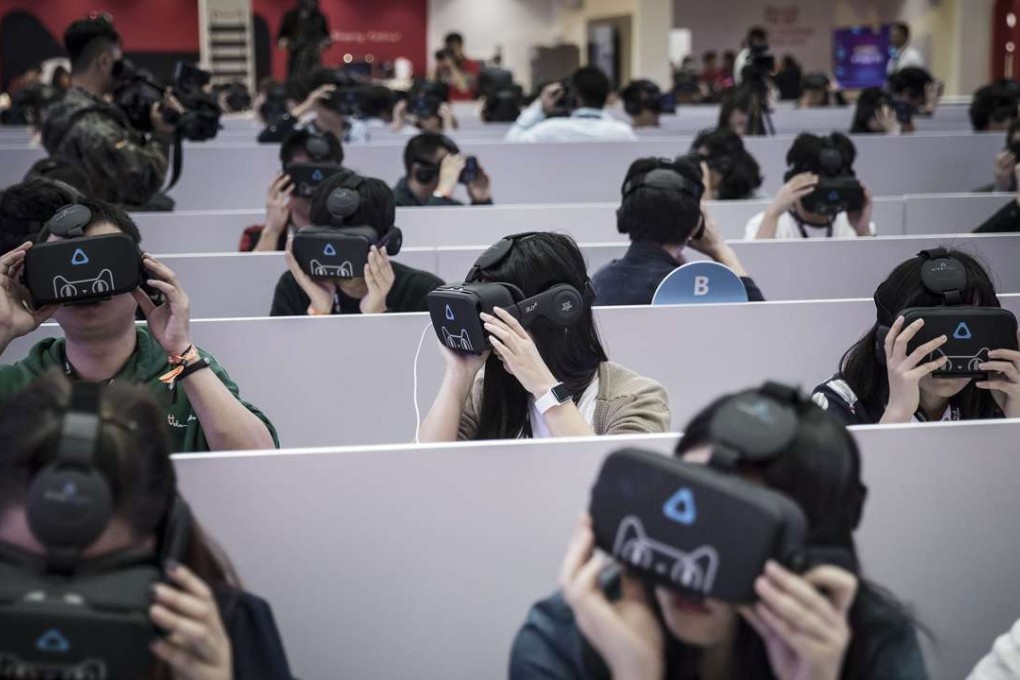China to lead global market for VR and AR headsets, IDC says
Worldwide shipments of AR and VR headsets forecast to reach 76 million units by 2020, up from estimated 10.3 million this year

China is on pace to become the world’s largest market for virtual and augmented reality headsets by 2020, as major domestic suppliers emerge and the application of these devices expands to various industries, according to technology research firm IDC.
“The United States may lead in [developing] the technologies, but China is going to lead in terms of usage scenarios,” IDC China research manager Neo Zheng told the South China Morning Post on Tuesday.
“Apart from the video games sector, VR and AR headset vendors in China attach great importance to education, as well as the real estate, manufacturing, design and healthcare sectors,” he said.
Data from IDC showed that shipments of virtual reality (VR) headsets in China are forecast to reach 15.5 million units in 2020, up from an estimated 609,000 this year.
VR immerses a user in an imagined world, like in a video game or movie, with the aid of an opaque headset, such as Google’s Daydream platform and Gear from Samsung Electronics.
Shipments of augmented reality (AR) headsets, meanwhile, are expected to grow to 2.8 million units in 2020 from around 3,000 this year on the mainland.
AR provides an overlay of high-resolution digital imagery onto the real world with the use of a clear headset, like Microsoft’s HoloLens.